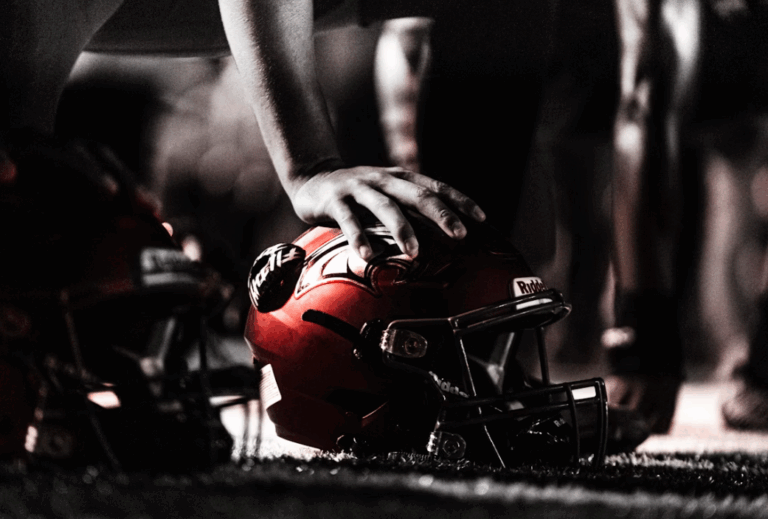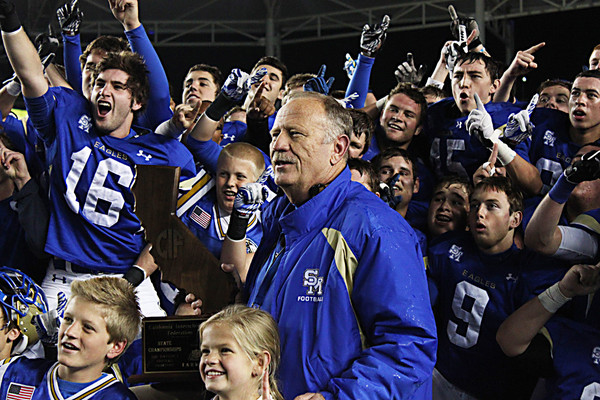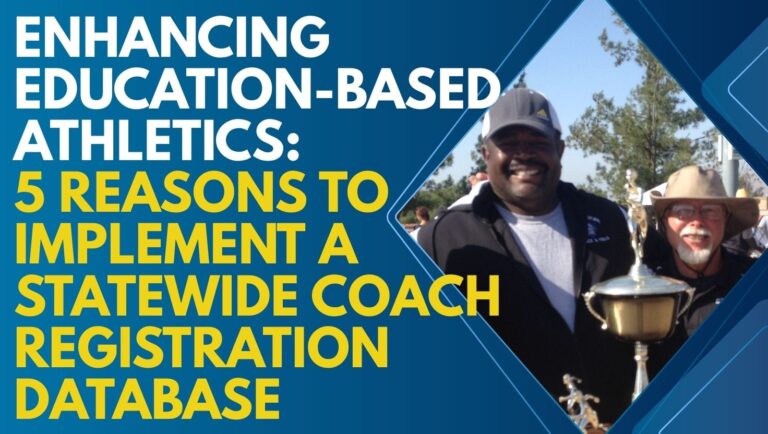
In today’s NFL, the role of a wide receiver coach extends far beyond route trees and footwork drills. These specialists are often the difference between raw athleticism and polished production. Whether guiding veterans or developing rookies into game-ready assets, top WR coaches consistently deliver results that stand out.
They tailor their approach, combine film with data, and focus on individualized mechanics that align with a receiver’s natural strengths. This article explores the specific methods and philosophies that make the league’s best WR coaches so effective.
Mastering the Art of Player Customization
No two receivers succeed the same way. Great coaches avoid one-size-fits-all playbooks. Instead, they identify subtle tendencies and adjust training accordingly.
Designing Player-Specific Progressions
The most respected WR coaches treat each player’s development as a custom blueprint. Some receivers respond best to visual learning, while others improve through kinesthetic drills or situational repetition. Coaches working with Tyreek Hill, for example, understand that his elite speed demands different timing routes than a bigger, possession-style receiver like Keenan Allen.
Hill’s success hinges on maximizing acceleration windows and executing sharp directional shifts without wasted motion. That’s why fans—and even sportsbooks—track his in-game patterns closely. For those betting on Tyreek Hill props, understanding how coaches use his skill set in different game plans can offer valuable clues about target volume, deep shot opportunities, or red-zone deployment.
Training sessions are tailored to build upon what a player does well. That might mean reinforcing leverage manipulation at the top of routes or improving late hands in contested catch situations.
Adapting to Changing Roles and Systems
NFL offenses evolve quickly, and elite WR coaches help players remain productive despite scheme changes or quarterback shifts. A great example is how coaches worked with DeVonta Smith during the Eagles’ offensive transition, emphasizing releases and route angles that better suited Jalen Hurts’ timing and field vision.
Rather than forcing a rigid system, top coaches teach players how to adapt. They install multiple variations of routes and emphasize reading defenses in real time.
That adaptability becomes critical in late-season scenarios or playoff games, where in-game adjustments are vital.
Technical Precision Sets Them Apart
Top wide receiver coaches are detail-driven, often zeroing in on the smallest mechanics that set elite players apart. Footwork is a major focus—not just quickness, but precision. It’s about clean, efficient steps that cut down on wasted movement and create separation..
Players like Stefon Diggs and Amon-Ra St. Brown exemplifies this precision. Their precision comes from hours of focused repetition, where balance and control out of breaks matter more than flash. Every step is trained for purpose, not style. By drilling consistent movement patterns into muscle memory, coaches help receivers gain separation faster and reduce recovery time between steps.
This meticulous attention carries into how receivers use leverage. Top coaches spend time teaching athletes to read defensive cues before and after the snap, breaking down how to manipulate positioning based on a cornerback’s hips, stride, and spacing.
Cooper Kupp’s route-running success is built on this foundation. His ability to recognize leverage shifts mid-play—and react instantly—is a skill sharpened through countless film sessions and classroom breakdowns. Great WR coaches prioritize these moments because they know the smallest edge can turn a standard route into a game-changing reception.
Using Film and Data as Teaching Tools
While drills matter, the best WR coaches know that development also happens off the field. They combine film study with modern analytics to speed up learning curves.
Breaking Down Situational Film With Purpose
Rather than just reviewing game film broadly, top WR coaches dive into specific situations. That could mean third-down isolation routes, red-zone spacing, or two-minute drill efficiency. The goal is to help receivers understand not only what happened—but why.
CeeDee Lamb benefited from this kind of situational breakdown, helping him improve as a top read in critical downs. Coaches isolate mistakes without overloading players with criticism, and they highlight successes to build confidence in decision-making.
Staying informed on NFL news and insights further sharpens this process. When a coach knows how other teams are adjusting coverages or which defensive schemes are trending league-wide, they can bring that knowledge into the film room and prep receivers for exactly what they’ll face on Sundays.
Integrating GPS and Analytics Data
The modern wide receiver coach isn’t afraid of technology. Many now use GPS tracking data to assess acceleration, deceleration, and route depth consistency. When Jaylen Waddle made his rookie leap, it wasn’t just film study—it was data-backed coaching that revealed how to sharpen his top-end route pacing.
By layering analytics over traditional drills, coaches gain insights into fatigue levels, recovery rates, and ideal rest intervals during practice. This allows for smarter workload planning and more efficient improvement over the season.
Building Trust and Communication First
Technical skill is crucial, but it’s the coach-player relationship that often unlocks elite potential. Great WR coaches build buy-in through communication and emotional intelligence.
Creating a Two-Way Teaching Environment
The best coaches don’t just instruct—they listen. They understand what motivates each receiver and create a space where players feel safe offering feedback. That collaborative environment improves engagement and encourages accountability.
For a player like DK Metcalf, whose physical traits are unique, this open dialogue helps coaches build drills that don’t force him into unnatural patterns. The result? Higher productivity, fewer injuries, and better in-game awareness.
Coaching the Mental Game and Recovery
NFL careers are filled with ups and downs. Top WR coaches invest in the mental health and emotional resilience of their players. This includes everything from helping players bounce back after a drop to preparing them for media pressure or leadership roles.
Many WR coaches now work alongside sports psychologists to reinforce mindset techniques like visualization, breath control, and reset routines between plays. These strategies don’t just improve performance—they extend careers.
Game-Day Success Starts With the Right Coaching
The most successful teams don’t just draft athletic receivers—they pair them with WR coaches who know how to unlock greatness. As the league becomes more complex and competitive, the value of these coaches continues to rise. And while fans see the touchdowns and highlight reels, the true impact is often made quietly—on practice fields and in meeting rooms—where elite wide receiver coaches shape the stars of tomorrow.


